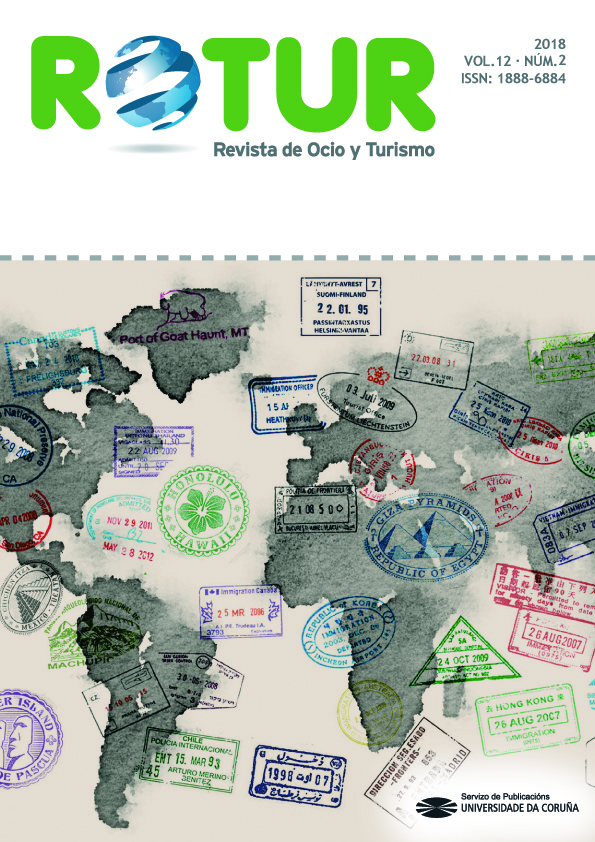The tourism potential of historic discoveries: politics, redefinitions and transformations in the use of heritage
Main Article Content
Abstract
This article presents the results of an investigation based on an analysis of the transformation processes of the uses and definitions of cultural heritage.
It shows the evolution of discourse and conduct surrounding cultural heritage that different corporations in the town of Espartinas (Seville) have adopted. For this analysis, the Loreto Monastery was used as a reference point, due to it being a clear example of this heritage transition that begun with the first activities, focused on conservation and monumental restoration works, until the opening of a hostel aimed at tourists in the convent has been studied chronologically.
This last stage is linked with a new discover: the 1614 arrival and subsequent stay of the Japanese Keicho Embassy at the monastery.
The study reveals that the change in narrative surrounding the monastery is a new attraction incorporated into the site that is directly related with its transformation into a resource for tourism.
Keywords:
Downloads
Metrics
Article Details
References
García Canclini, N. (1999): Los usos sociales del Patrimonio Cultural. En Patrimonio etnológico: nuevas perspectivas de estudio. Granada, Instituto Andaluz del Patrimonio Histórico, pp. 16-33
Hernández-Ramírez, J., Pérez, X. P., & Pinto, R. (2015): "Panorama de la Antropología del Turismo desde el Sur". Pasos: Revista de turismo y patrimonio cultural, 13 (2): 277-281.
Hernández-Ramírez, J. (2015): "El turismo como objeto de estudio. Análisis de la producción bibliográfica de los antropólogos españoles del turismo". Pasos: Revista de turismo y patrimonio cultural, 13 (2): 305-331.
Mitchell, N., Rössler, M., & Tricaud Authors, P.-M. (2009): World Heritage Cultural Landscapes a Handbook for Conservation and Management. World Heritage Centre UNESCO, 137.
Prats Canals, L. (2006): "La mercantilización del patrimonio: entre la economía turística y las representaciones identitarias". PH: Boletín del Instituto Andaluz del Patrimonio Histórico, 14(58): 72-80.
Prats, L. (2005): "Concepto y gestión del patrimonio local". Cuadernos de Antropología Social, 21(21): 17-35.
Prats Canals, L. (2012): "El Patrimonio en tiempos de crisis". Revista Andaluza de Antropología, (2): 58-73.
Santamarina, B. (2005): "Una aproximación al patrimonio cultural", en Hernández i Martí Gil Manuel et al. (comps.), La Memoria Construida: Patrimonio Cultural y Modernidad. Valencia, Tirant lo Blanch, pp. 21-51.
Schlatter Navarro, Á. L. (2014): Tras las huellas de la Embajada Keicho en Sevilla. Ayuntamiento de Espartinas.
Schlatter Navarro, A. L., & Fuentes Ruiz, A. J. (2006): Espartinas: historia, arte, religiosidad popular Espartinas: Excmo. Ayuntamiento de Espartinas.
UNESCO (2003): Convención para la salvaguardia del patrimonio inmaterial Convención para la salvaguardia del patrimonio cultural inmaterial Paris: UNESCO. (Consultado 12/09/2017) Recuperado de: http://unesdoc.unesco.org/images/0013/001325/132540s.pdf,






